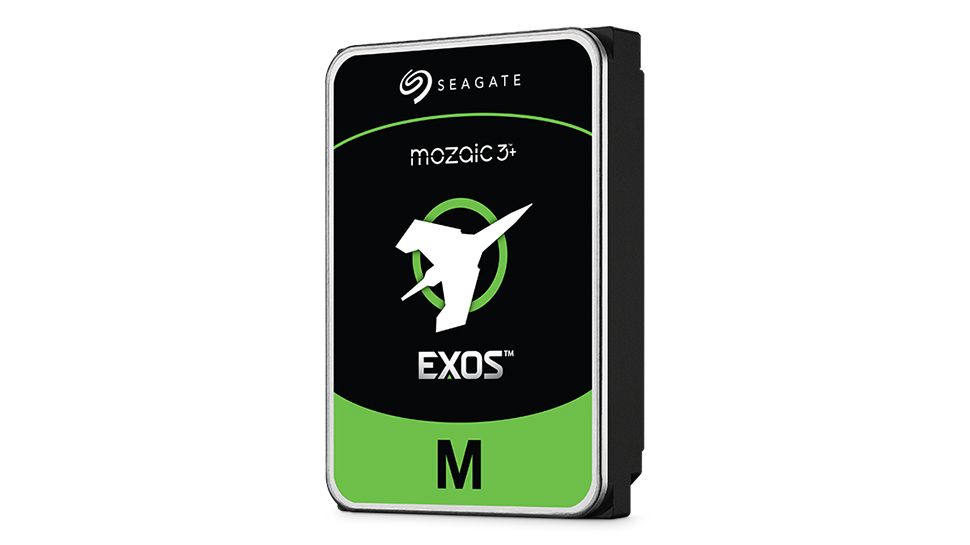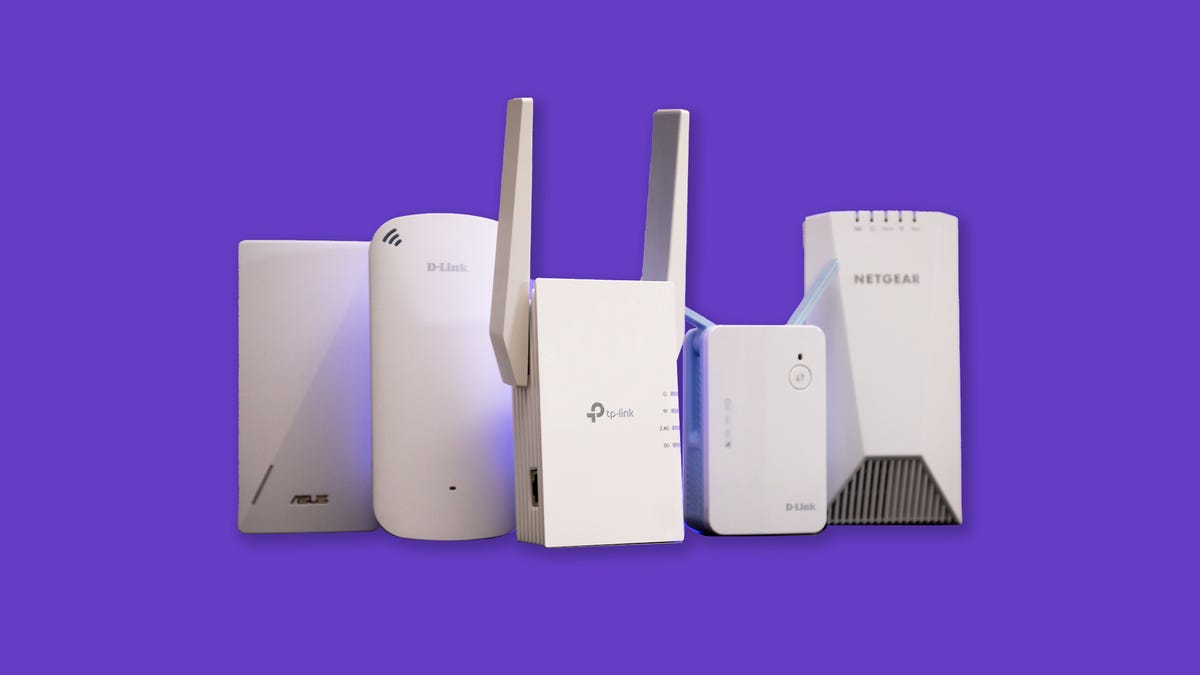It feels like just yesterday when the phrase "streaming wars" emerged to describe the battle for dominance among major video-on-demand streaming services: Netflix, Disney Plus, Hulu, Max, Prime Video, Paramount Plus, Peacock and Apple TV Plus. Lately, though, these services that have shaken up our entertainment landscape have moved beyond monthly subscription fees and star-filled content as weapons.
TV and music streaming services are upgrading their apps to let you fine-tune your experience with the help of AI and adding in extra features like gaming, shopping or the ability to pull up sports and TV show facts while streaming.
Competition between streaming platforms and cable and satellite providers kicked up in 2024, with on-demand streamers working to attract viewers with live events for sports, comedy and music. Can services like Netflix, Prime Video and Hulu consistently deliver? Over the past year, some live TV streaming services increased prices, making their rates comparable to cable. As we approach 2025, viewers will need to figure out where to meet all their live programming needs in a space that will only get fiercer.
The streaming options for video and music continue to grow, ranging from free TV services to live platforms such as Fubo and YouTube TV and, of course, ubiquitous brands like Netflix and Spotify. While content still reigns when it comes to our streaming decisions, value and app design now play more of a role. Deloitte forecasts that in 2025, people will move away from having multiple standalone streaming subscriptions, believing bundles can help customers and streaming services alike.
What, where and how you stream in the coming year will depend on cost and what you get for that money, including the overall experience.
More interactive and AI-powered features
Look behind the algorithm curtain, and you'll see that streaming services have used artificial intelligence to support and shape their technical infrastructures. It's backend tech that keeps these platforms operable and able to spit out titles that we want to watch or listen to and titles we don't know we're interested in -- yet.
However, some companies are also launching customer-facing AI tools that viewers can use on their TVs and phones, and it's likely we'll see more innovations like these in TV and music streaming for 2025.
For example, we have Tubi's Rabbit AI, which uses ChatGPT in its mobile app for question-answer style recommendations. Peacock and Prime Video implemented AI features this year that feed the audience optional recaps. During the Paris Olympics, Peacock introduced its narrated recaps using an AI version of Al Michaels' voice, while Prime Video rolled out its X-Ray recaps that give you short, personalized summaries of TV show seasons, episodes or moments within an episode.
AI-powered functions have come to music streamers like Spotify, Apple Music, YouTube Music and Amazon Music also, either as beta tests for playlist creation or as fully loaded capabilities ready for you to try. The latest example is Spotify's personalized AI podcast, in which two AI hosts chat about your Wrapped facts and figures, telling you which songs were a vibe for you and whether you've got a penchant for unearthing gems.
Streaming services and hardware makers continue to roll out AI integrations in smart TVs and media players. Though you shouldn't look for Hollywood to release AI-generated content right now, expect the momentum to kick up for AI assists in your streaming experience via your devices and favorite platforms.
We also can't ignore the new wave of interactivity. Streamers keep adding features that beckon the audience to join in and engage directly in gaming, check live sports stats or even shop for products within an app.
Netflix rolled out its Moments feature that lets you share and bookmark your favorite scenes in a title. Prime Video's X-Ray function has trivia for shows like The Boys, and you can use it to view real-time sports information. Netflix and Sling TV offer arcade gaming for us, with the former currently performing beta tests for gameplay on your TV. Hulu and Peacock have shopping functionality in their TV apps, so you can use your remote to click on an offer to buy themed merch (like a Bel-Air duffel bag) or an item you see in one of Hulu's shoppable ads. Expect more of these options to head to your phone, tablet or TV.
Peacock's AI version of Al Michaels to created personalized recaps of the Paris Olympics.
NBC Universal/PeacockBundles and streaming partnerships may lure you in
This year brought a new wave of streaming price increases from the likes of Disney Plus, Hulu, Max, Paramount Plus and Peacock, making it more expensive to stream popular shows and movies. Higher prices at live TV streamers like Hulu Plus Live TV, Fubo, Sling and Philo sparked reflection on the cost-saving appeal of cable cord-cutting. Increases like these have become the status quo, and there's no sign they will slow in 2025.
Perhaps no streaming trend stood out this year like bundling. Packages of Disney Plus, Hulu and Max and a combo of Peacock, Netflix and Apple TV Plus available to Comcast customers dominated headlines. Netflix has its own opinion on bundling: The streamer wrote in a shareholder letter that while it's all for team-ups with "device makers and pay-TV and mobile operators," it's yet to bundle with any streaming rivals because "Netflix already operates as a go-to destination for entertainment."
Also this year, Prime Video began offering Apple TV Plus as an add-on. You can pay full price for Apple TV Plus but watch Apple shows through the Prime Video app, eliminating the need to flip between two. Philo now includes AMC Plus at no additional charge. Spotify introduced a cheaper plan that excludes its audiobook bundle, but this November, rival Amazon Music announced a new premium bundle that includes Audible access.
Comcast's StreamSaver bundle is for its customers only, but offers access to Netflix, Peacock and Apple TV Plus at a discount.
ComcastSo, what's the appeal of bundling, and what could it mean for streaming customers? Upon launching the Max, Hulu and Disney Plus bundle, Warner Bros. Discovery's JB Perrette noted the offering "will help drive incremental subscribers and much stronger retention." As having all three ad-free or ad-supported services separately costs more than the bundle price, it adds up to some savings for avid TV watchers who'd have them anyway. Netflix's reason for teaming with its choice of services is similar: making the streaming service "easy to find and use."
The past year also brought us some odd new bundles, with Max, Disney Plus and Hulu joining the selection of streamers you can get for free with food delivery services. It hasn't been easy for every partnership, however, as the Venu Sports venture from Fox, Disney and Warner Bros. Discovery hit a snag and currently has an unclear future.
Despite the challenges that come when companies join forces in streaming, bundles and other unique collaborations can offer a more convenient -- and cheaper -- way for us to enjoy streaming entertainment, and we predict more of these in 2025.
More live TV events coming to on-demand streaming services
If you haven't noticed, live streaming options are popping up everywhere, particularly on less expensive on-demand platforms. Prime Video has been streaming live sports for roughly seven years. It's the home of NFL Thursday Night Football and Premier League soccer games, and it will air 66 NBA games in 2025. Along with having Sunday Night Football, Peacock streamed events like the Summer Olympics, which drew record viewership. Paramount Plus has CBS Sports games and an extensive soccer portfolio. Hulu streams live concert events and a selection of news broadcasts, and Disney Plus and Max now offer live simulcasts for news, sports and shows like Dancing With the Stars.
And then there's Netflix. It took its first step in live streaming in 2023 with Chris Rock's global comedy special, Selective Outrage. In just a week, it broke streaming records and became Nielsen's most-streamed comedy special. The streamer's next live event, the Love is Blind season 4 reunion, was mired in technical difficulties, and Netflix opted to turn it into a taped special instead.
From a golf tournament to the Screen Actor's Guild Awards to a hot-dog eating competition and the Tom Brady roast, Netflix scaled up its live programming offerings in 2024. Some issues persisted, though. The highly anticipated Jake Paul vs. Mike Tyson boxing match clocked in over 60 million viewers streamed the live event concurrently, and over 100 million people tuned in, according to Netflix. But viewers experienced pixelated imagery and buffering video.
Still, the streamer is moving forward with its live event goals. From its first-ever NFL games on Christmas Day to a new talk show, things are changing for Netflix. One of the biggest signs of this is the streamer's new deal to be the exclusive home for WWE's weekly flagship wrestling series, Raw.
"We expected a big number," said Bella Bajaria, chief content officer at Netflix, addressing the technical issues from the Paul vs. Tyson fight at the streamer's WWE Lunch and Learn event. "But again, you don't know and can't learn these things until you do that. So, you take a big swing. Our teams and our engineers are amazing, and moved super quickly and stabilized it."
WWE has a loyal fanbase, and Netflix is focusing on bringing more viewers to the property and the platform in the coming year. One of the main ways it plans to do that is through what WWE President Nick Kahn refers to as "a global local strategy."
"You're going to see a run of Raws and Smackdowns from international locations, which is not something we've done frequently in the past," he said. "We can't just be an American company piping out American content hoping that people will show up and tune in." What does this mean moving forward? A rising tide lifts all boats, and in the live programming space, this feels like a watershed moment. And not just for Netflix.
But as live entertainment expands into video-on-demand services, it will need to be equipped to deliver and compete with traditional TV. Dan Goman, CEO of Ateliere Creative Technologies, offered some advice for streaming customers.
"When considering capabilities for streaming platforms offering live sports and events, consumers should prioritize reliability and availability above all else. Live sports, in particular, demand an uninterrupted viewing experience, as missing even a moment can ruin the event for fans," he said via email to CNET. "Consumers should evaluate how well a platform manages live streams, including whether it avoids common issues like buffering or service outages. This reliability often hinges on whether the provider has partnered with established content distribution networks (CDNs) experienced in handling large-scale live events."
Will this influx of live programming affect advertising on streaming platforms? How will that impact subscription prices? No one knows the answers today. But TV is shifting yet again, and if Netflix, Prime Video, Apple TV Plus, Peacock and the rest can deliver on this demand, this may be what appointment television looks like moving forward.


.jpg?mbid=social_retweet)


:quality(85):upscale()/2024/06/27/002/n/43463692/273a0466667defdb06a697.27831546_.jpg)



 English (US) ·
English (US) ·